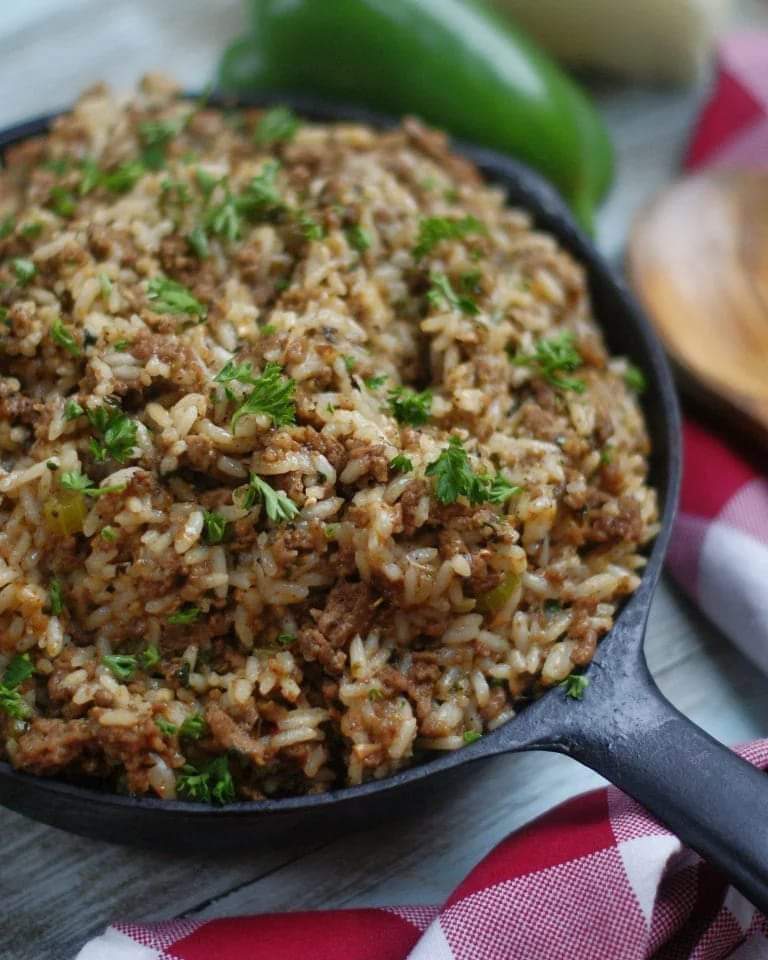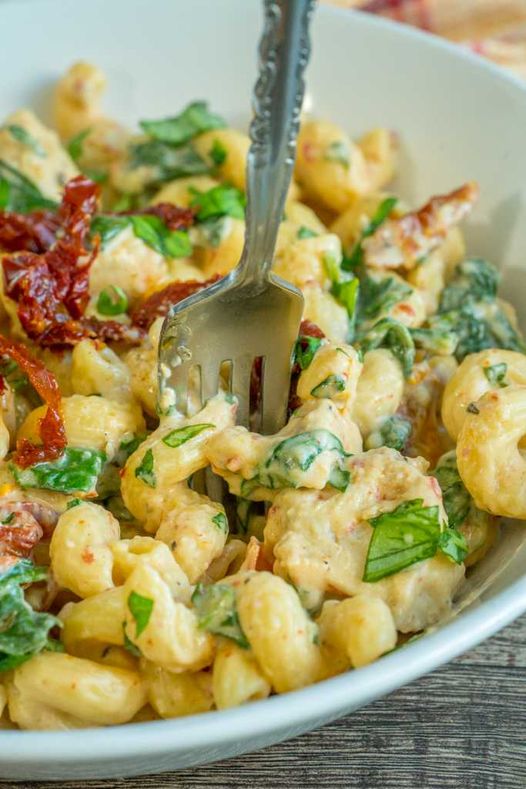
Louisiana Dirty Rice, a beloved dish in the southern United States, particularly in Louisiana, carries a rich culinary heritage. Although it traditionally features ingredients that may not be regarded as the healthiest options, it is possible to enjoy Dirty Rice with healthier modifications. Here are some potential health and nutritional benefits associated with this dish when prepared mindfully:
1. Protein Powerhouse: Dirty Rice commonly incorporates meats like ground beef, chicken, or sausage, which serve as excellent sources of protein. Protein is vital for tissue repair, immune function, and maintaining healthy hair, skin, and nails.
2. Fiber Boost: The inclusion of vegetables such as onions, celery, bell peppers, and occasionally tomatoes in Dirty Rice contributes to its fiber content. These vegetables provide dietary fiber, which supports healthy digestion, regular bowel movements, and can aid in weight management by promoting satiety.
3. Abundant in Vitamins and Minerals: The assortment of vegetables in Dirty Rice enhances its nutrient profile. Bell peppers, for example, supply vitamin C, which bolsters the immune system and acts as an antioxidant. Onions offer vitamins C and B6, while celery contributes vitamin K and folate. These nutrients play vital roles in various bodily functions and overall well-being.
4. Antioxidant Goodness: Dirty Rice incorporates ingredients like onions, garlic, and bell peppers, which contain antioxidants. These compounds protect the body from oxidative stress and reduce inflammation, potentially reducing the risk of chronic diseases such as heart disease and certain types of cancer.
5. Carbohydrate Energy: Dirty Rice prominently features rice as a primary ingredient. Rice is a carbohydrate-rich food that provides a valuable source of energy for the body. This can be particularly beneficial for individuals with high energy needs or those engaging in physical activities.
While Dirty Rice can offer the aforementioned health benefits, it’s important to note that traditional recipes may include ingredients high in sodium, unhealthy fats, and added sugars. To create a healthier version, consider using lean meats or plant-based protein alternatives, reducing added fats and salt, and incorporating whole grain rice or cauliflower rice for added fiber and nutrients. Mindful portion control is also crucial to avoid excessive calorie intake. For personalized advice based on your specific dietary needs and health goals, consulting a healthcare professional or registered dietitian is always recommended.
For Complete Cooking STEPS Please Head On Over To Next Page Or Open button (>), and don’t forget to SHARE with your friends




